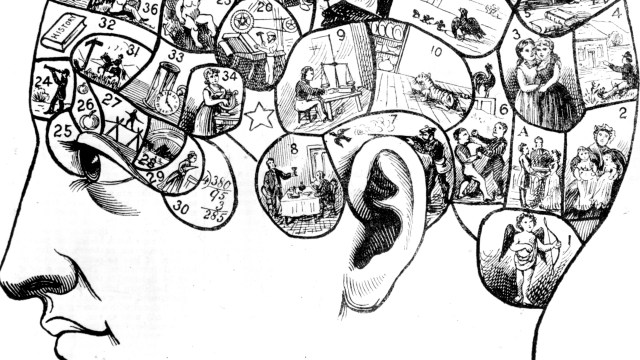Moving Beyond Positive Thinking

Image source: sutham/Shutterstock
Norman Vincent Peale made a career out of it, and we’ve heard for decades how important it is to be a positive thinker. Visualize and expect what it is you want and it shall be done. As if. Still, it’s a widely accepted self-help strategy in books like The Secret Daily Teachings by Rhonda Byrne: “Whatever big thing you are asking for, consider having the celebration now as though you have received it.” Hold off on the party hats and blowers for a sec.
Can too much faith be a problem? Yes, writes Gabriele Oettingen, author and a professor of psychology at New York University and the University of Hamburg. “Positive thinking can make us feel better in the short term, but over the long term it saps our motivation, preventing us from achieving our wishes and goals, and leaving us feeling frustrated, stymied and stuck.”
Satisfaction Ahead of Its time

Through numerous studies Oettinger and her colleagues have found a correlation between positive thinking and ineffective performance. Expectations of a successful outcome demonstrably relaxes a person so much that they lack the energy to achieve the desired outcome. In fact, it’s been observed that fantasizing about a happy future actually lowers subjects systolic blood pressure. When you pretend you’ve achieved something you want, the brain thinks you have — it’s called “mental attainment” — and there goes the get up and go. Other studies have shown that people who trust in happy outcomes don’t work as hard to achieve them.
Depressed Much?

Then there’s the depression that appears to be correlated with a lack of success many positive thinkers experience. One of Oettinger’s studies included following students who fantasized about their eventual good grades. Consistent with her previous findings, these students didn’t do so well, and there seemed to be a statistical relationship between poor academic results and high levels of depression.
This isn’t just sad. Disappointment and depression are a perfect recipe for developing a negative world view that creates cognitive biases which makes success even harder to achieve.
Positive Thinking, Mark II, or WOOP
So if positive thinking doesn’t work, and negative, overly-skeptical thinking doesn’t, Oettinger decided to see if she could combine these perspectives into something that would. She and her associates developed something called “mental contrasting.”
Mental contrasting involves attaching positive thinking to realistic goals. Oettinger conducted some experiments to assess the soundness of this idea, and it does seem to work. Since it this approach also connects positive thinking to a realistic assessment of one’s possibilities, an awareness of obstacles is inevitable, and that leads to a second aspect of successful mental contrasting.
With an awareness of possible obstacles, you can pre-plan “implementation intentions,” a system developed by Peter M. Gollwitzer and his New York University team. This involves developing if-then strategies for things that may not go as well as hoped as you work to achieve your goals. With these in place, you’re ready to “improvise” — in quotes because you’ve actually planned out your response in advance — as need be and keep moving forward.

Finally, Oettinger and her colleagues developed a system they call “WOOP,” for Wish, Outcome, Obstacle, Plan. “Defining the Wish and identifying and visualising the desired Outcome and Obstacle are the mental contrasting part; forming implementation intentions represent the final step: the Plan,” explains Oettinger. She says performing WOOP is actually pretty easy. Just a few minutes wherever you are, whatever you’re in the middle of.
WOOP has been shown in her studies to be startlingly effective. In a study her team ran, 80% of subjects achieved their goals, compared to the control group’s 30%.
The Trick
So it seems that positive thinking has a role to play, albeit a more limited one than previously thought. As long as it’s tempered with realistic thinking, and when strategizing is part of the formula, you may actually be onto something.





